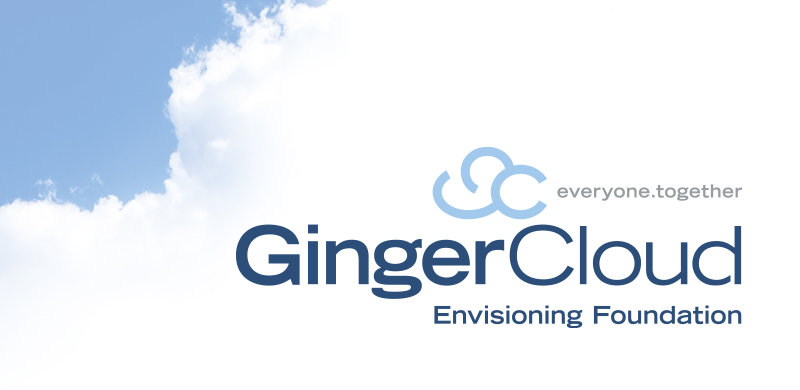There are four key danger zones worth knowing about when on the journey of brand governance, and it’s important to know where you stand on these issue areas to save yourself stress, time, money, and precious brand equity.
1. Trademark TM
The TM symbol signifies that an organisation considers their brand as being owned, or valued as unique to them. It’s important to note that TM is not a formal method of protection – you can put TM on anything and it doesn’t give you legal clout. It acts as an amber light, acknowledging that you consider your brand as belonging to you, as part of your intellectual property. It does however establish a common law usage time stamp, which could be useful later.
While TM has no legal bearing, it’s still important to place TM on any intellectual property that you release into the world. If you don’t, you’re admitting that you don’t see your material as a piece of formal intellectual property that you are willing to protect. However, you must ensure that you have the rights to claim that ownership. Is it truly unique to you and only you in your class and market?
If you are planning on registering your brand or material as an official registered trademark, it is vital that you use TM as a way of protecting your intellectual property while the process of registration is being completed.
2. Registered Trademark ®
The ® symbol indicates that the business owner has a formal certificate of registration for the brand. These can be quite hard to obtain in some cases, and as such it is illegal to use ® next to a brand you don’t officially own yet.
If you don’t have a brand that is registered, or that can be registered as a trademark, this is a huge barrier to the growth of your brand, and the process of building brand equity. Your brand could already be in use in the market by someone who has registered it, or by someone who hasn’t registered it, but has used it before you have. In the advent of a trademark dispute, the party who used the potential brand name first has common law rights to this trademark, even if it comes down to one day’s difference that they can prove.
Imagine spending your money and energy building and marketing a brand, only to find you can’t own it, or need to change it. In the worst-case scenario, what if someone sues you for breaching their trademark rights? This can strain a business emotionally and financially, and destroys the momentum of your brand within the market. It’s vital that in the branding process, you engage in trademark and common law searches, to make sure that the brand you create is a brand you can own and protect.
3. Copyright ©
Copyright acknowledges authorship of a particular product, piece of writing, or piece of information. The key thing to remember when dealing with copyright is that the creator or author of the work owns the copyright, regardless of how much they were paid, or the agreement that you engaged in.
If you outsource the creation of intellectual property like websites and logos, you need to seek a document that formally assigns copyright to you or the relevant entity that protects and holds your intellectual property. Failing to request a document assigning copyright is a common pitfall that many business owners fall into. Copyright can be assigned, needs to be assigned, and should always be negotiated as part of the initial agreement. It’s a harder conversation up-front, but worth it in the long run.
4. The Global Village
The growing online global marketplace opens up many opportunities, but also increases the risks involved in building a brand.
You need to be aware and vigilant of both the incoming and outgoing economies impacting on your brand. Who is coming into your market, and could they be perceived as similar or deceptively similar to your brand? Are they operating under the same name, using the same language, or the same function? Is your brand intruding on their turf?
It is vital to ensure that others are not contravening your trademarks, just because they’re online and selling in your market. In the same vein, you must also be aware that as an outgoing economy you operate in other people’s marketplaces.
Be aware that when you build a presence that is clearly ownable in Australia, it could be violating someone’s trademark in other markets, and this presents a potentially serious legal liability for your business.
Always consider the global issues and performance of your brand – remember to check the market for incoming competitors, and always consider your outgoing behaviour when interacting in other people’s markets.
At the end of the day, wherever you are and wherever you do business, ask yourself – is your brand unique, distinct and protectable?



